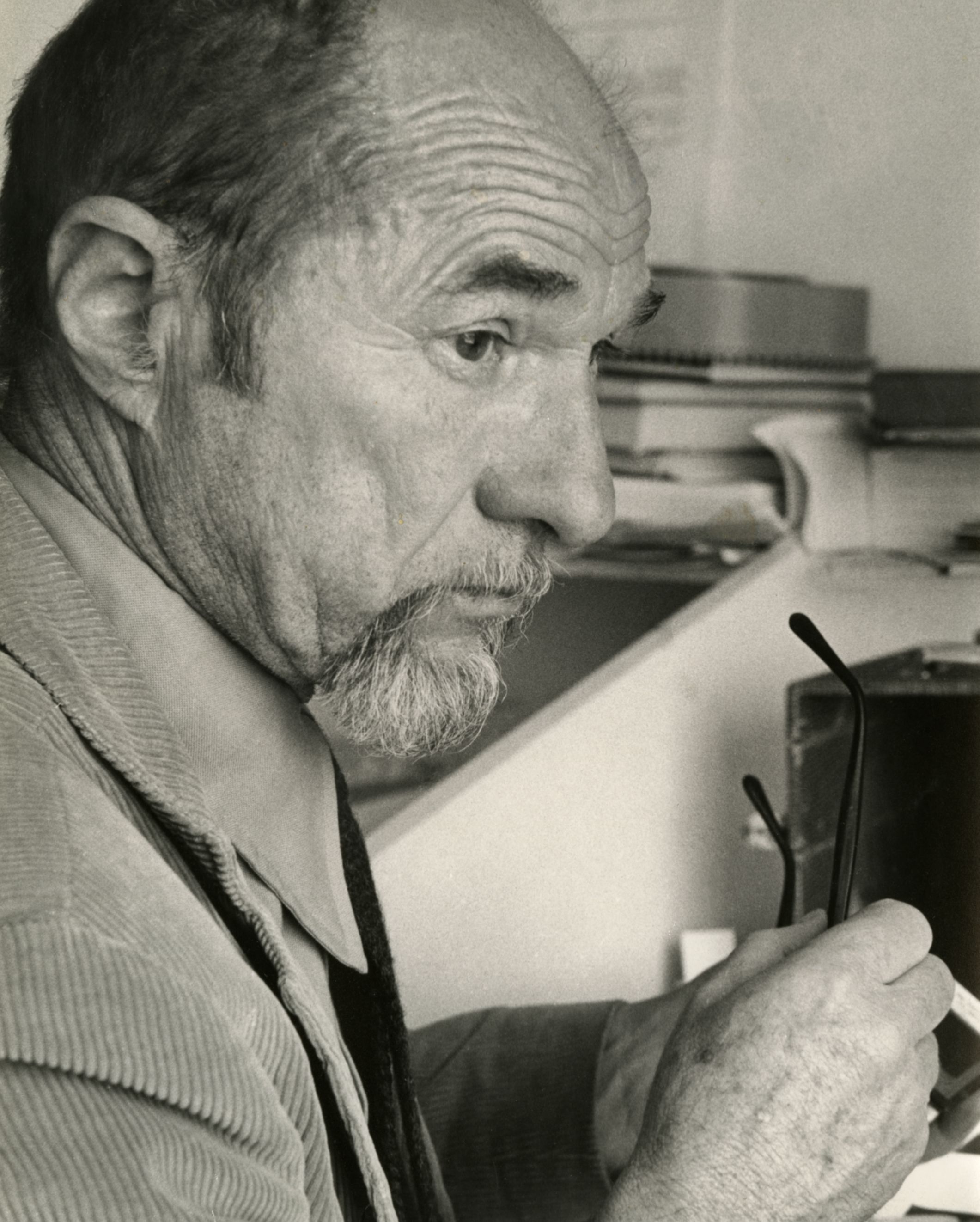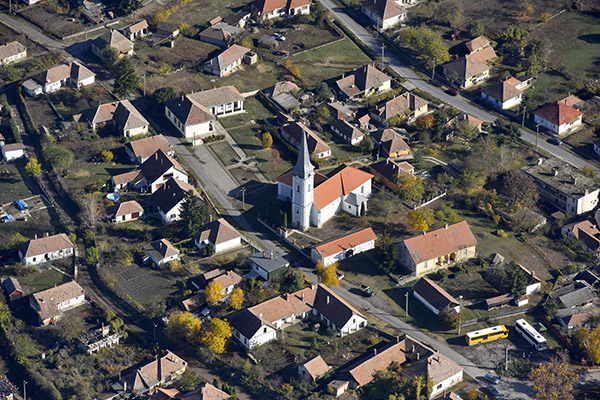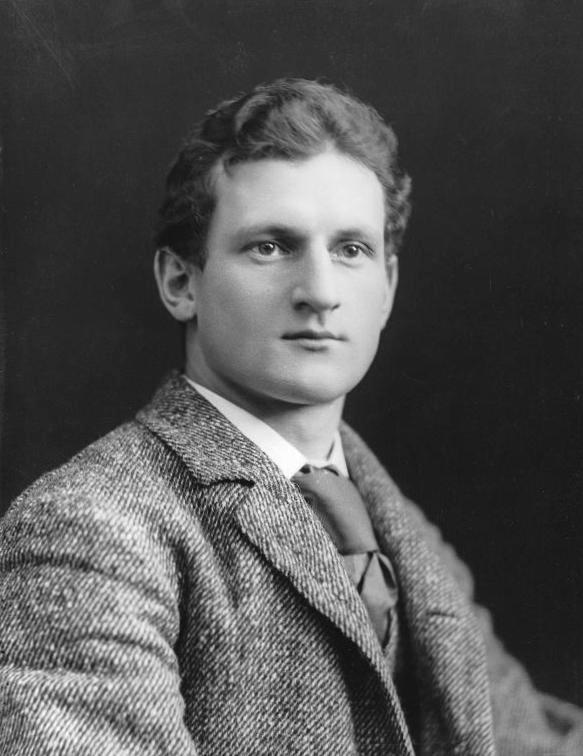|
Châteauesque
Châteauesque (or Francis I style,Whiffen, Marcus, ''American Architecture Since 1780: A guide to the styles'', The MIT Press, Cambridge, MA, 1969, p. 142. or in Canada, the Château Style) is a Revivalist architectural style based on the French Renaissance architecture of the monumental châteaux of the Loire Valley from the late fifteenth century to the early seventeenth century. The term ''châteauesque'' (literally, " château-like") is credited (by historian Marcus Whiffen) to American architectural historian Bainbridge Bunting, although it can be found in publications that pre-date Bunting's birth. As of 2011, the Getty Research Institute's ''Art & Architecture Thesaurus'' includes both "Château Style" and "Châteauesque", with the former being the preferred term for North America. The style frequently features buildings heavily ornamented by the elaborate towers, spires, and steeply-pitched roofs of sixteenth century châteaux, themselves influenced by late Go ... [...More Info...] [...Related Items...] OR: [Wikipedia] [Google] [Baidu] |
Canada's Grand Railway Hotels
Canada's grand railway hotels are a series of railway hotels across the country, each a local and national landmark, and most of which are icons of Canadian history and architecture; some are considered to be the grand hotels of the British Empire. Each hotel was originally built by the Canadian railway companies, or the railways acted as a catalyst for the hotel's construction. The hotels were designed to serve the passengers of the country's then expanding rail network and they celebrated rail travel in style. Architecture Many of the railway hotels were built in the Château style (also termed the "Neo-château" or "Châteauesque" style), which as a result became known as a distinctly Canadian form of architecture. The use of towers and turrets, and other Scottish baronial and French château architectural elements, became a signature style of Canada's majestic hotels. Architects also used the style for important public buildings, such as the Confederation and Justice bui ... [...More Info...] [...Related Items...] OR: [Wikipedia] [Google] [Baidu] |
Château Frontenac01
A château (; plural: châteaux) is a manor house or residence of the lord of the manor, or a fine country house of nobility or gentry, with or without fortifications, originally, and still most frequently, in French-speaking regions. Nowadays a ''château'' may be any stately residence built in a French style; the term is additionally often used for a winegrower's estate, especially in the Bordeaux region of France. Definition The word château is a French word that has entered the English language, where its meaning is more specific than it is in French. The French word ''château'' denotes buildings as diverse as a medieval fortress, a Renaissance palace and a fine 19th-century country house. Care should therefore be taken when translating the French word ''château'' into English, noting the nature of the building in question. Most French châteaux are "palaces" or fine "country houses" rather than "castles", and for these, the word "château" is appropriate in English. ... [...More Info...] [...Related Items...] OR: [Wikipedia] [Google] [Baidu] |
Bruce Price
Bruce Price (December 12, 1845 – May 29, 1903) was an American architect and an innovator in the Shingle Style. The stark geometry and compact massing of his cottages in Tuxedo Park, New York, influenced Modernist architects, including Frank Lloyd Wright and Robert Venturi. He also designed Richardsonian Romanesque institutional buildings, Beaux-Arts mansions, and Manhattan skyscrapers. In Canada, he designed Châteauesque railroad stations and grand hotels for the Canadian Pacific Railway, including Windsor Station in Montreal and Château Frontenac in Quebec City. Life and career Price was born in Cumberland, Maryland, the son of William and Marian Bruce Price. He studied for a short time at Princeton University. After four years of internship in the office of the Baltimore architects Niernsee & Neilson (1864–68), he began his professional work in Baltimore with Ephraim Francis Baldwin as a partner. Following a brief study trip to Europe, he opened an office in Wi ... [...More Info...] [...Related Items...] OR: [Wikipedia] [Google] [Baidu] |
Bainbridge Bunting
Bainbridge Bunting (November 23, 1913 – February 13, 1981) was an American architectural historian, teacher and author. Bunting received his Ph.D. from Harvard University. Beginning in 1948, he was a faculty member of the University of New Mexico Art Department until his retirement in 1979. Bunting wrote numerous articles and three books on the architecture of New Mexico, and was noted for his expertise in adobe architecture, the Zuni Pueblo and the architecture of John Gaw Meem John Gaw Meem IV (November 17, 1894 – August 4, 1983) was an American architect based in Santa Fe, New Mexico. He is best known for his instrumental role in the development and popularization of the Pueblo Revival Style and as a proponent of a .... Bunting is credited by architectural historian Marcus Whiffen with having re-introduced the term " Châteauesque" to describe the architectural style previously and more generally known as "Chateau Style" or "French Chateau Style.".Whiffen, Marcus, ''A ... [...More Info...] [...Related Items...] OR: [Wikipedia] [Google] [Baidu] |
Château
A château (; plural: châteaux) is a manor house or residence of the lord of the manor, or a fine country house of nobility or gentry, with or without fortifications, originally, and still most frequently, in French-speaking regions. Nowadays a ''château'' may be any stately residence built in a French style; the term is additionally often used for a winegrower's estate, especially in the Bordeaux region of France. Definition The word château is a French word that has entered the English language, where its meaning is more specific than it is in French. The French word ''château'' denotes buildings as diverse as a medieval fortress, a Renaissance palace and a fine 19th-century country house. Care should therefore be taken when translating the French word ''château'' into English, noting the nature of the building in question. Most French châteaux are "palaces" or fine "country houses" rather than "castles", and for these, the word "château" is appropriate in Eng ... [...More Info...] [...Related Items...] OR: [Wikipedia] [Google] [Baidu] |
French Renaissance Architecture
French Renaissance architecture is a style which was prominent between the late 15th and early 17th centuries in the Kingdom of France. It succeeded French Gothic architecture. The style was originally imported from Italy after the Hundred Years' War by the French kings Charles VII, Louis XI, Charles VIII, Louis XII and François I. Several notable royal châteaux in this style were built in the Loire Valley, notably the Château de Montsoreau, the Château de Langeais, the Château d'Amboise, the Château de Blois, the Château de Gaillon and the Château de Chambord, as well as, closer to Paris, the Château de Fontainebleau. This style of French architecture had two distinct periods. During the first period, between about 1491 and 1540, the Italian style was copied directly, often by Italian architects and craftsmen. In the second period, between 1540 and the end of the Valois dynasty in 1589, French architects and craftsmen gave the style a more distinctive and o ... [...More Info...] [...Related Items...] OR: [Wikipedia] [Google] [Baidu] |
Revivalism (architecture)
Revivalism in architecture is the use of visual styles that consciously echo the style of a previous architectural era. Notable revival styles include Neoclassical architecture (a revival of Classical architecture), and Gothic Revival (a revival of Gothic architecture). Revivalism is related to historicism. Architecture produced during the 19th century, including Victorian architecture, is especially associated with revivalism. History 19th-early 20th centuries The idea that architecture might represent the glory of kingdoms can be traced to the dawn of civilisation, but the notion that architecture can bear the stamp of national character is a modern idea, that appeared in the 18th century historical thinking and given political currency in the wake of the French Revolution. As the map of Europe was repeatedly changing, architecture was used to grant the aura of a glorious past to even the most recent nations. In addition to the credo of universal Classicism, two new, and of ... [...More Info...] [...Related Items...] OR: [Wikipedia] [Google] [Baidu] |
Ross And Macdonald
Ross and Macdonald was one of Canada's most notable architecture firms in the early 20th century. Based in Montreal, Quebec, the firm originally operated as a partnership between George Allen Ross and David MacFarlane (known as Ross and MacFarlane) from 1907 to 1912. MacFarlane withdrew from the firm in 1912, and Robert Henry Macdonald became a partner. The Ross and Macdonald name was used until 1944, after which it became Ross & Ross, Architects, when John Kenneth Ross joined his father as partner. Following George Allen Ross's death in 1946, the firm continued as Ross, Patterson, Townsend & Heughan. By 1970, the firm was known as Ross, Fish, Duschenes & Barrett. Since 2006, it has operated as DFS Inc. Architecture & Design. George Allen Ross Ross (1879–1946) was born in Montreal, and later studied at the High School of Montreal, the Massachusetts Institute of Technology in Cambridge, Massachusetts, and the École des Beaux-Arts in Paris.Antonia Brodie, ed., ''Di ... [...More Info...] [...Related Items...] OR: [Wikipedia] [Google] [Baidu] |
Northeastern United States
The Northeastern United States, also referred to as the Northeast, the East Coast, or the American Northeast, is a geographic region of the United States. It is located on the Atlantic coast of North America, with Canada to its north, the Southern United States to its south, and the Midwestern United States to its west. The Northeast is one of the four regions defined by the U.S. Census Bureau for the collection and analysis of statistics. The region is usually defined as including nine U.S. states: Connecticut, Maine, Massachusetts, New Hampshire, New Jersey, New York, Pennsylvania, Rhode Island, and Vermont. The U.S. Census Bureau–defined region of the Northeastern United States has a total area of with of that being land mass, making it the smallest region of the United States by both land mass and total area. The Northeastern region is the nation's most economically developed, densely populated, and culturally diverse region. Of the nation's four census re ... [...More Info...] [...Related Items...] OR: [Wikipedia] [Google] [Baidu] |
Arthur Meinig
Arthur Meinig (Hungarian: Meinig Arthur) was a German-born Hungarian architect. He was born in Waldheim, Saxony on 7 November 1853 and died in Budapest on 14 September 1904. After studying in Dresden, he worked for architects Fellner and Helmer in Vienna.Biography on website "Germans in Hungary, Hungarians in Germany - European paths of life (''German and Hungarian only'') In 1883 he moved to Budapest and soon became the favorite architect of . He created buildings in the styles of |
Tiszadob
Tiszadob is a village in Szabolcs-Szatmár-Bereg county, in the Northern Great Plain region of eastern Hungary. Geography It covers an area of and has a population of 3,341 people (2001). Nobility The families of notable Hungarian nobility that are known to have lived in Tiszadob, at some point in time between 1786 and 1895, include: Andrássy, Balogh, Batta, Doby, Görgei, Lakatos, Székes, Tóth Tóth (sometimes Tót or Toth) was an older term meaning " Slovak" or "Slavonian", since one of the Hungarian names for both Slovakia and Slavonia (Slavic parts of Kingdom of Hungary) was ''Tothorszag''. ''Tót'' has also been a more general Slavi ... and Zákány.Tiszadob Parish Registers, 1786-1895 History Tiszadob and its surroundings were already inhabited before the conquest. During the excavations in the vicinity, traces of Bronze Age and Sarmatian cemeteries were discovered, and traces of the Csörsz ditch and an earthen castle were found on the outskirts of the vill ... [...More Info...] [...Related Items...] OR: [Wikipedia] [Google] [Baidu] |
Edward Maxwell
Edward Maxwell (31 December 1867 – 14 November 1923) was a prominent Canadian architect. Life and career The son of Edward John Maxwell, a lumber dealer in Montreal, by his marriage to Johanna MacBean, Maxwell graduated from the High School of Montreal at the age of fourteen and was apprenticed to the firm of Shepley, Rutan and Coolidge in Boston. In 1891, the firm was instructed to design a new building for the Montreal Board of Trade. Maxwell returned home to Montreal to supervise its construction, helped by having good relations with influential members of the Board. In 1892, the jeweller Henry Birks hired Maxwell to design a new store in Montreal's Phillips Square. Maxwell also designed several stations and hotels for the Canadian Pacific Railway, including the West Vancouver station (1897) and the McAdam station (1900). In 1899, he designed a country house for Louis-Joseph Forget at Senneville, Quebec, a good example of his domestic work. [...More Info...] [...Related Items...] OR: [Wikipedia] [Google] [Baidu] |





.jpg)



